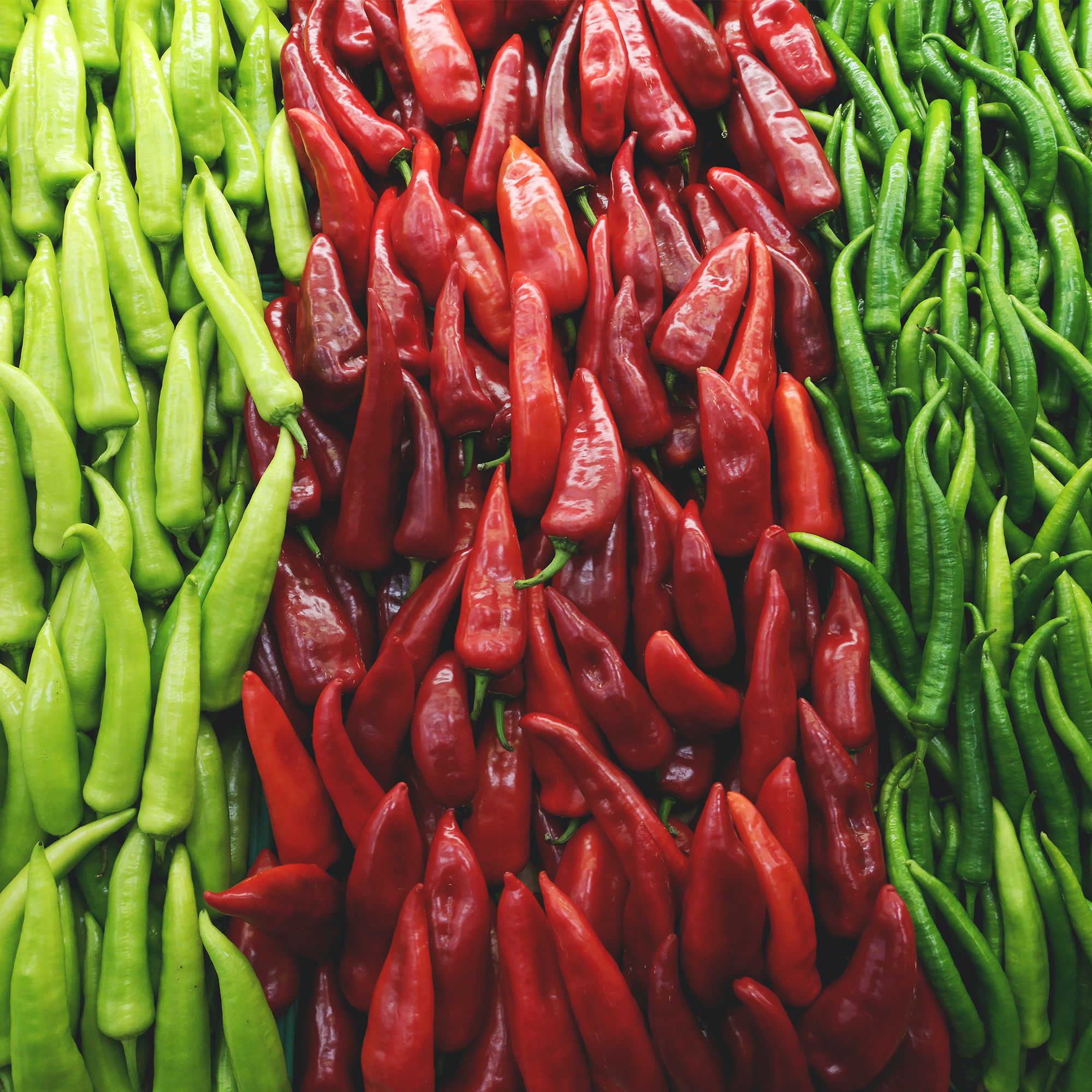Everything You Didn’t Know About Chillies

We know chilies as the wonderful, spicy peppers in some of our favourite dishes from around the world. But for everything we know about chillies, there’s still plenty more to learn. Wow your dinner guests with your extensive knowledge of the world’s hottest plant.
Chillies And Columbus
The first westerner to discover chillies was none other than Christopher Columbus. He named the plants “peppers” because their spicy flavour was similar to that of black pepper – a very valuable commodity of the time. Once chillies arrived in Europe, much like black pepper, they were highly sought after and often used as a form of currency.
Chillies And The Body
Chillies are known to create a sense of euphoria when eaten. The peppers create a burning sensation in the mouth, and the human brain understands that burn as pain – causing the body to release feel-good chemicals like endorphins and dopamine.
Chillies And Capsaicin
Chillies vary in heat depending on how much of the compound capsaicin is present in each chilli. While delicious to eat in small amounts, a highly concentrated dose of capsaicin can be used as a weapon – in the form of pepper spray.
Chillies And The Scoville Scale
The heat of a chilli is measured against the Scoville Scale, which aims to identify the capsaicin content of each chilli strain. There is often doubt about the accuracy of such a scale because it is dependent on a taste test.
Not every person experiences heat in the same way and so the scale is often far too subjective. However, the Scoville Scale is all we have for now and it rates the world’s hottest chilli as the Carolina Reaper, at 1.4 million to 2.2 million Scoville Heat Units. With pepper sprays starting at 2 million Scoville Heat Units, it’s clear why the Carolina Reaper can scare off even the fiercest chilli lovers.
Chillies And Their Seeds
It’s a common misconception that the heat of a chilli comes from its seeds. The highest concentration of capsaicin is actually found in the white flesh of the chilli, where the seeds are attached. Being in constant contact with the white flesh transfers the heat onto the seeds, making it seem as though the seeds have all the heat.
Next article

Very Delicious Veggie Stews
whatsfordinner Menu Planner
Simply answer a few dietary questions and we will serve you a personalised weekly menu featuring recipes that suit your needs.



